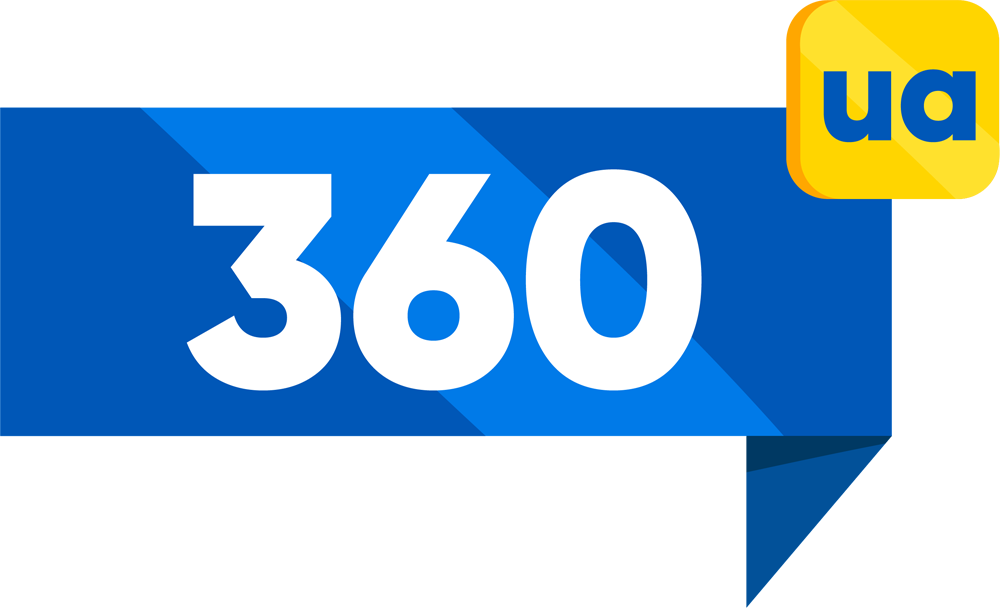In the coming years, the European Union will change the rules of entry for citizens with visa -free countries, including Ukraine. One of the key changes will be the introduction of the ETIA (European Travel Information and Authorization System) and EES (Entry-Exit System), which will significantly affect how travelers cross the Schengen zone borders. This was stated by a spokeswoman for the European Commission Anita Hipper, noting that these systems can work until the spring of 2025.
The ETIA system, which must be launched in the spring of 2025, will require citizens of countries with visa -free regime of compulsory authorization before traveling. Travelers will need to pay a fee of 7 euros every three years to confirm their trip. This innovation is intended to improve security at the EU borders and prevent illegal border crossing.
Ukrainians who use biometric passports to travel to Europe also fall under these changes. Upon completion of the transition period, entry to the EU will only be possible if you prior registration in the ETIA system. This will be a necessary procedure for anyone who plans to travel to the Schengen countries.
Another important innovation is the EES entrance system, which will replace the traditional affixing of stamps in passports for electronic registration. According to Anita Hipper, the EES system must be put into operation from November 10, 2024. This will mean that all trips to the Schengen countries will be recorded in an electronic database, which will facilitate the border crossing procedure and accelerate the passport control process.
This system, designed after the UK withdrawal from the EU, was scheduled for 2022, but due to technical problems it was launched several times. Now, after completing the testing and installation of automated barriers on all land, sea and air borders of the EU, the new date of implementation is final.
For the citizens of Ukraine who use visa -free regime, these innovations mean some changes in the process of planning trips to the EU. Now you will need to register in advance with the ETIA system and pay a fee. Although the visa -free regime is not abolished, the new system creates an additional level of control and security.
On the other hand, the EES-exit electronic system is intended to simplify passport control and make it more convenient for travelers. The transition to electronic databases instead of manual affixing of stamps will accelerate the process of crossing the border and reduce the risk of errors.
The introduction of ETIA and EES has been a response to safety threats and illegal migration that has increased in Europe in recent years. The European Commission emphasizes that these systems will help to better control travelers' flows, providing at the same time safer and transparent movement across borders.
Systems are also part of the EU larger strategy to strengthen borders and modernize verification processes. As the spokeswoman of the European Commission emphasized, electronic checks will not only replace the outdated stamp system, but also facilitate the process for travelers through the automation of procedures.


